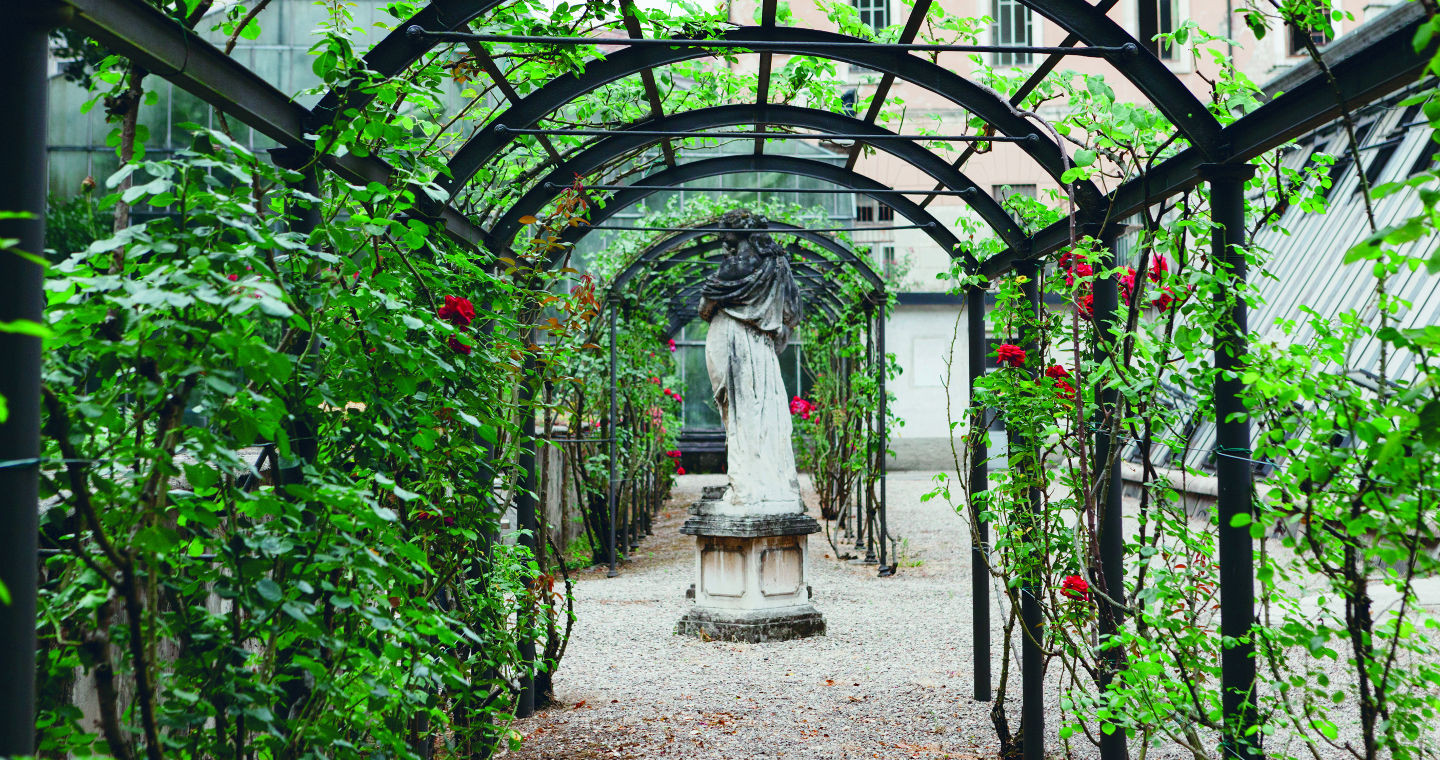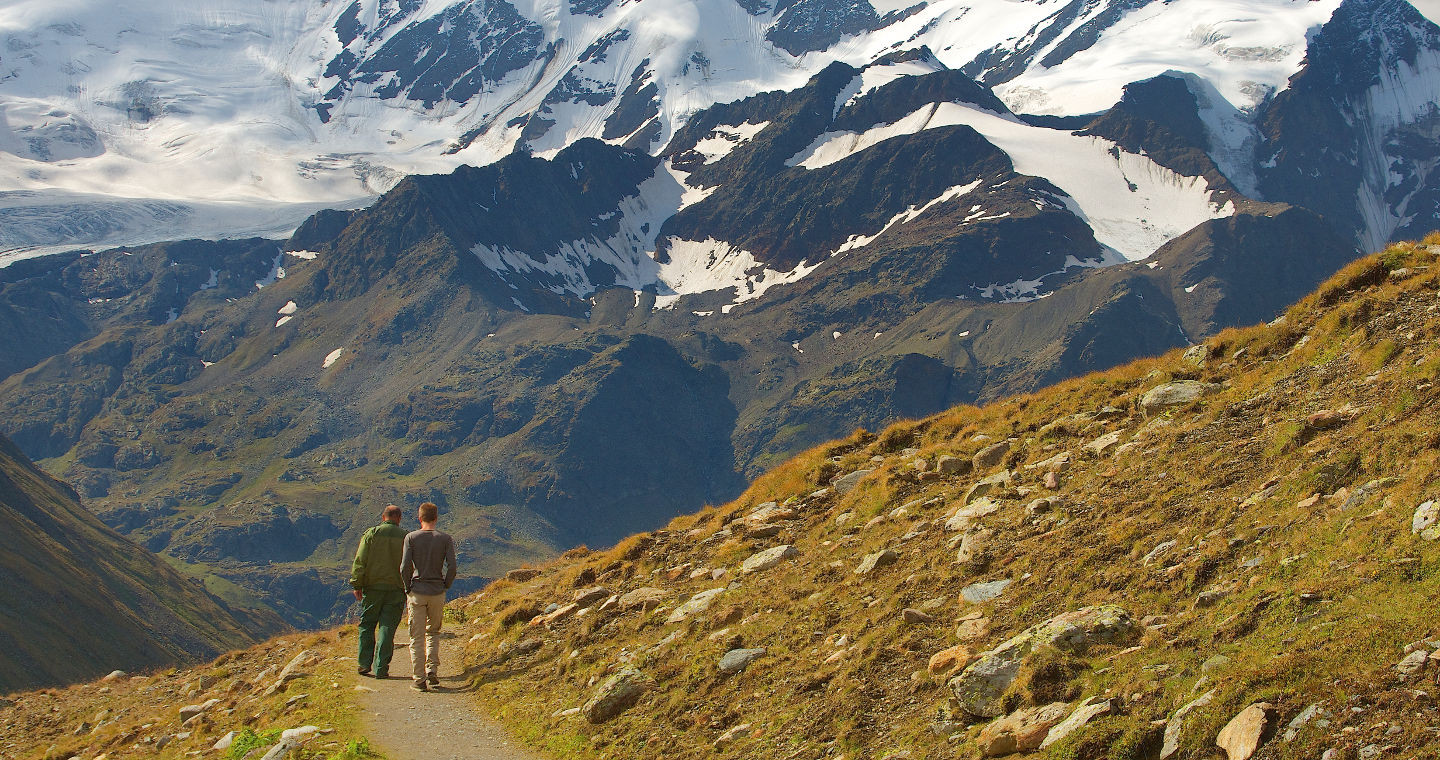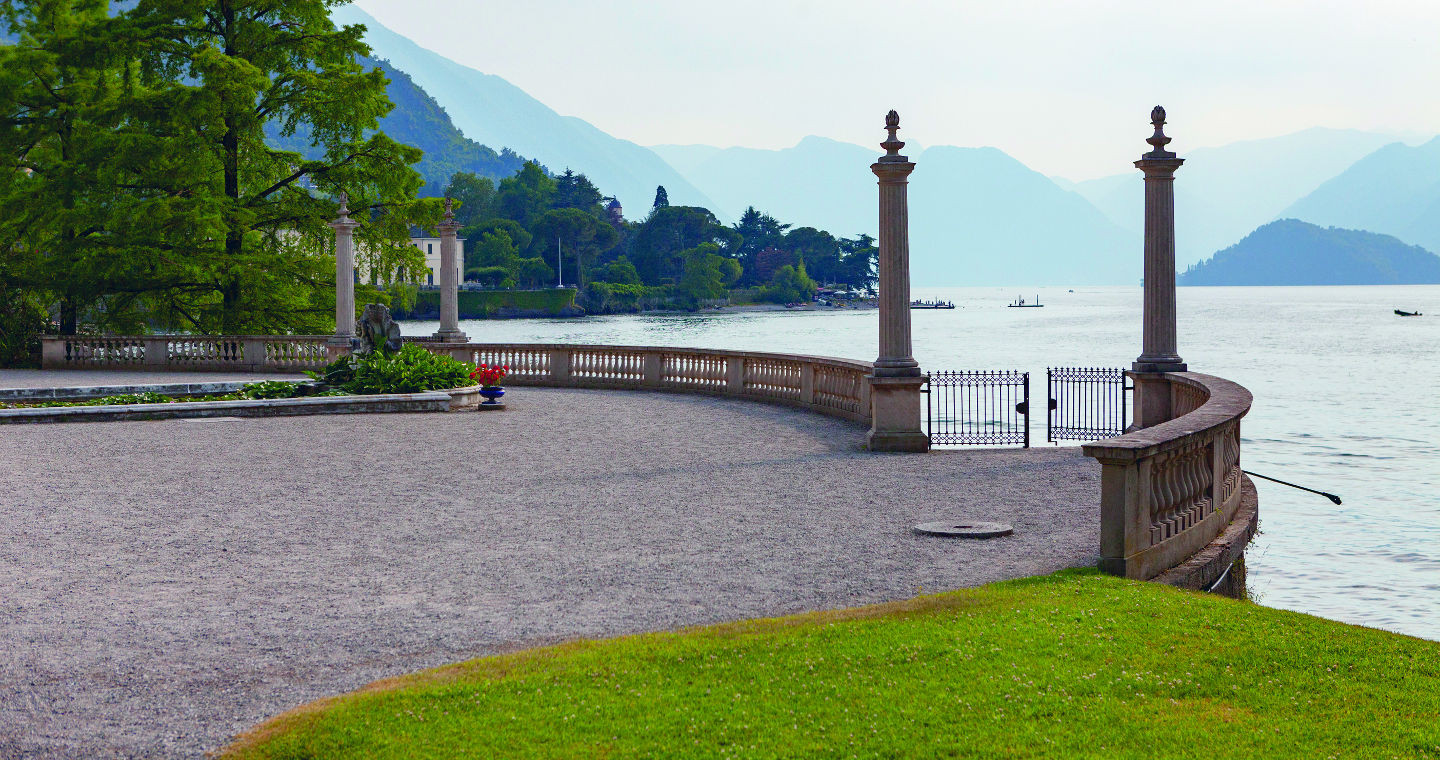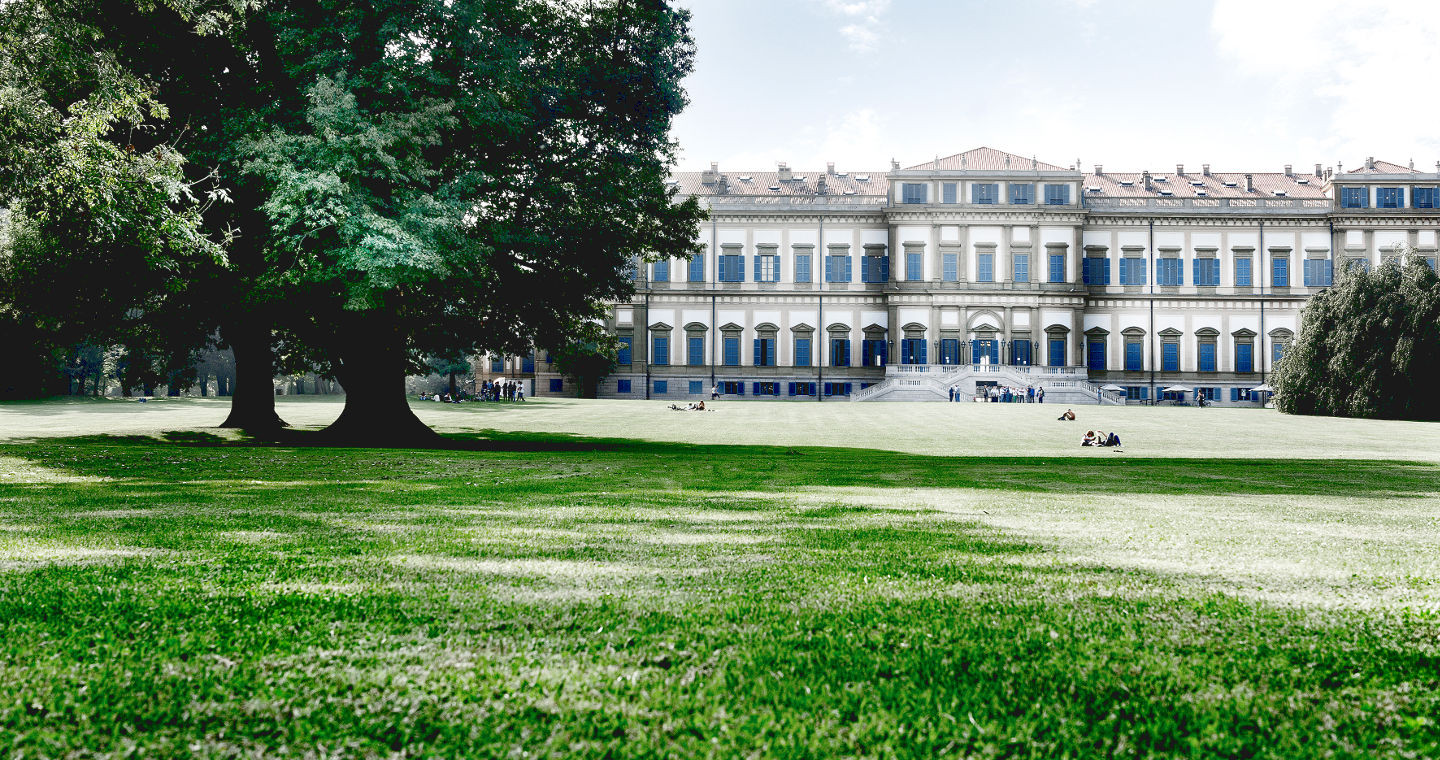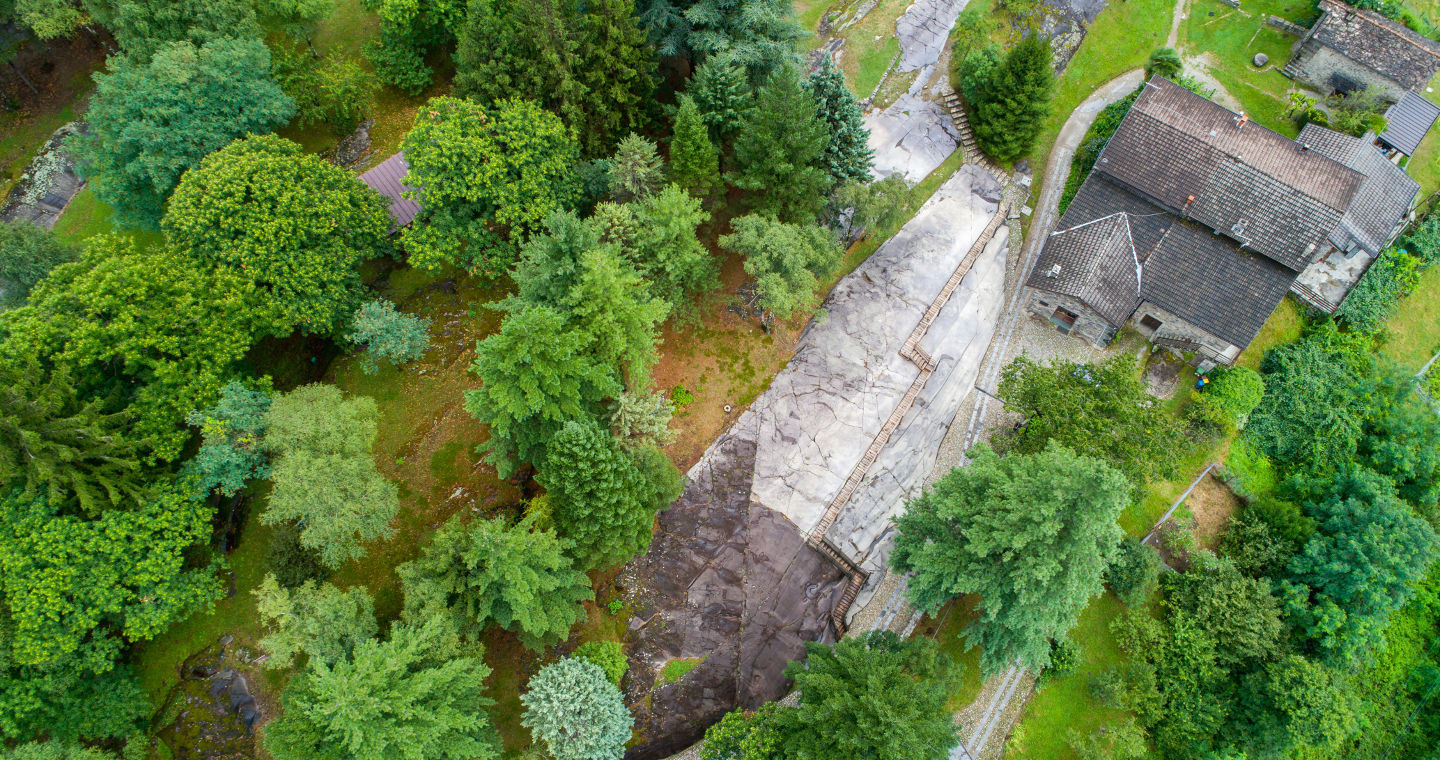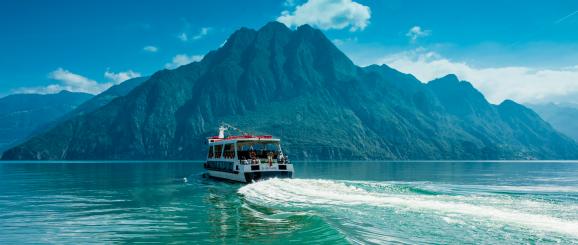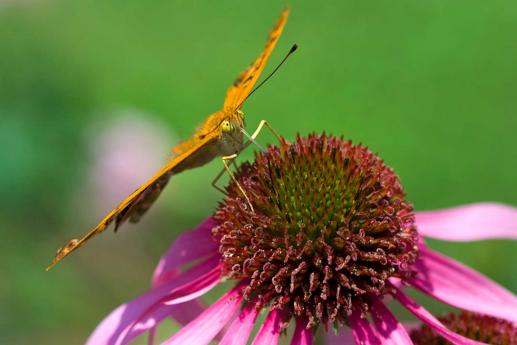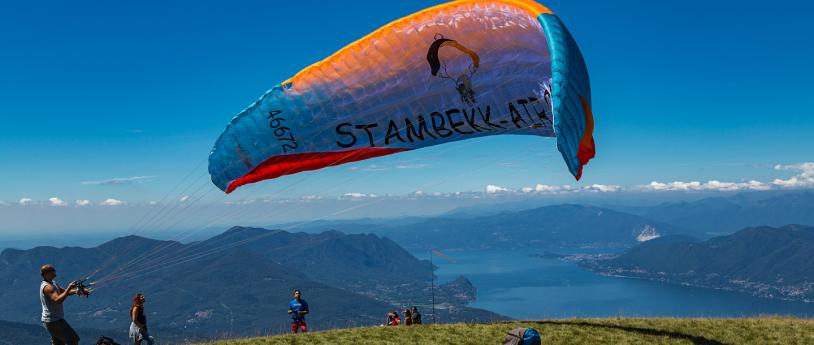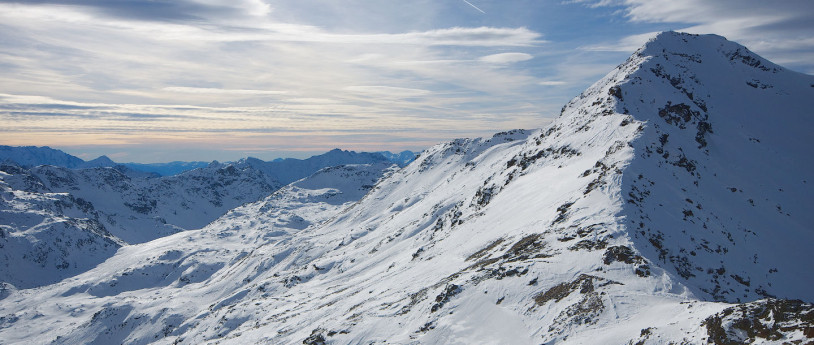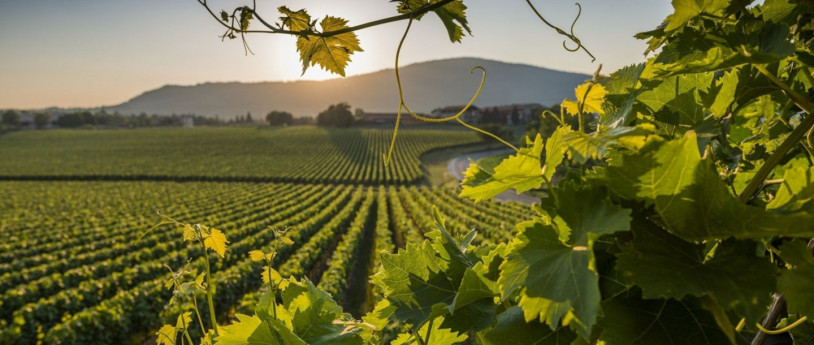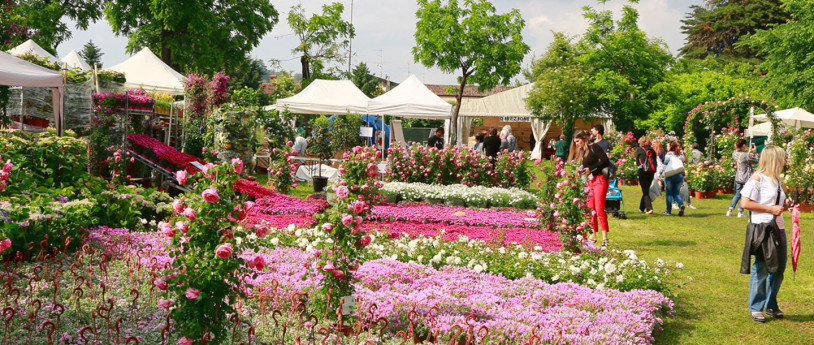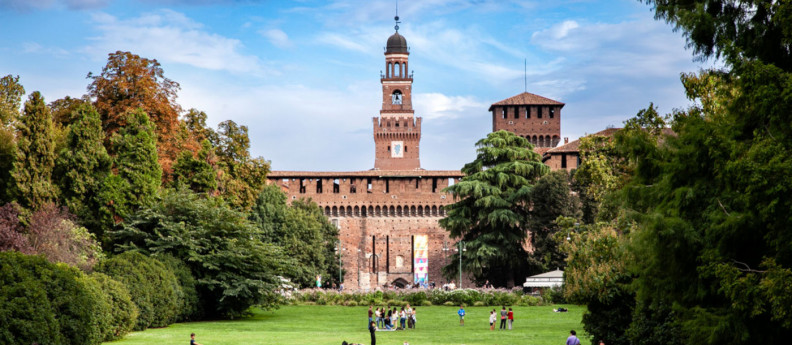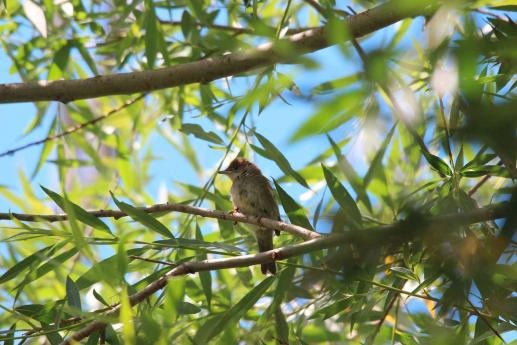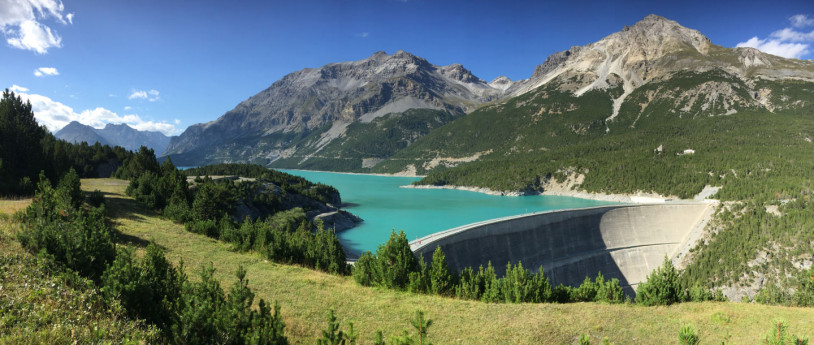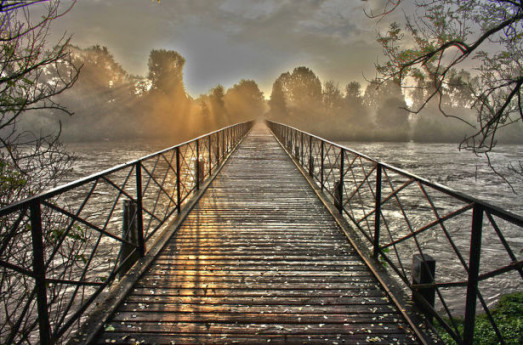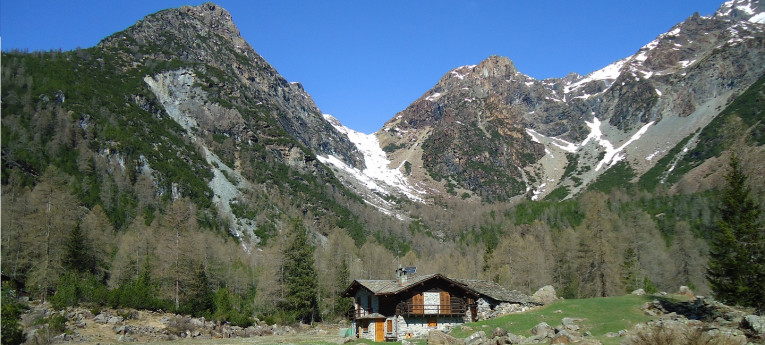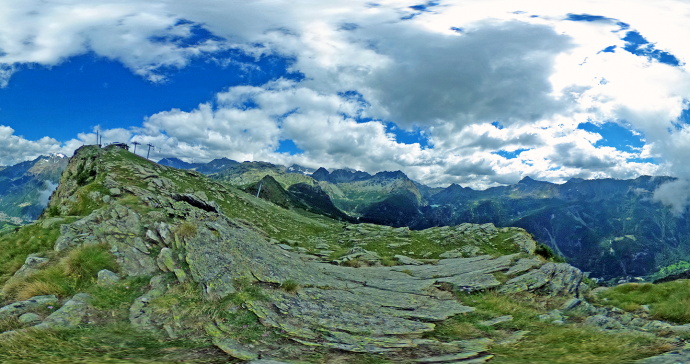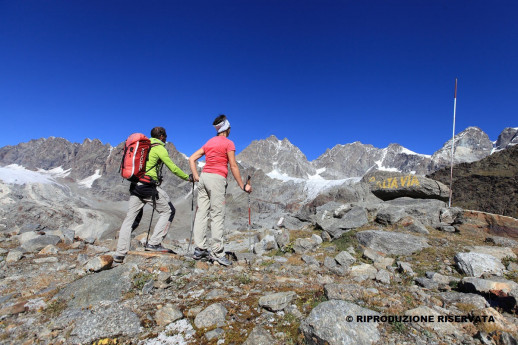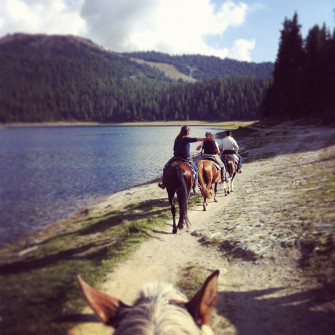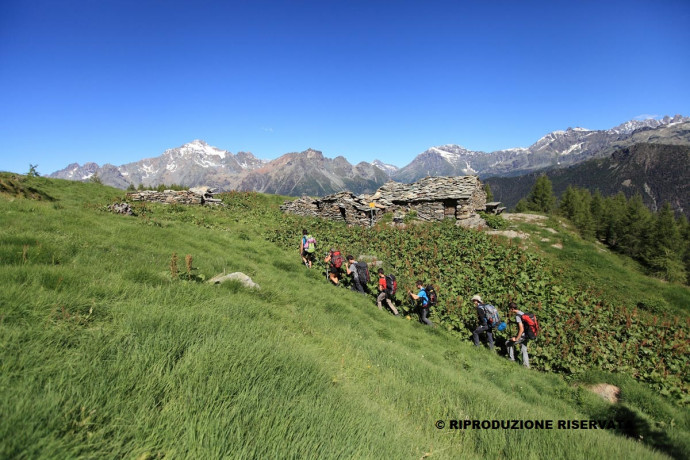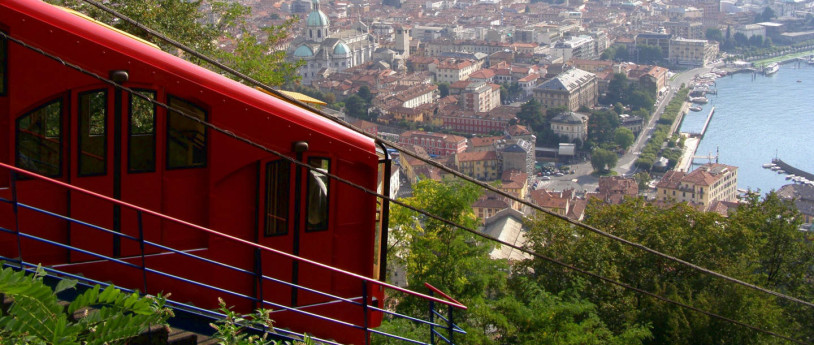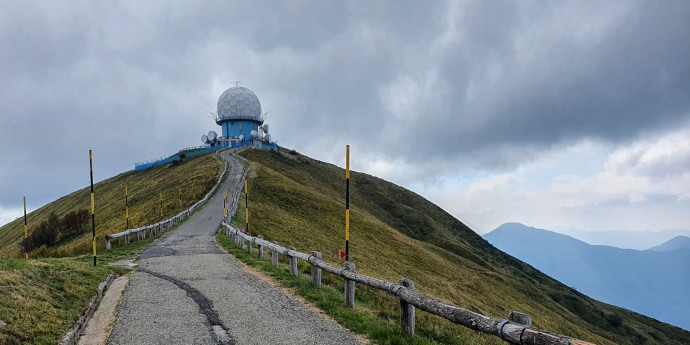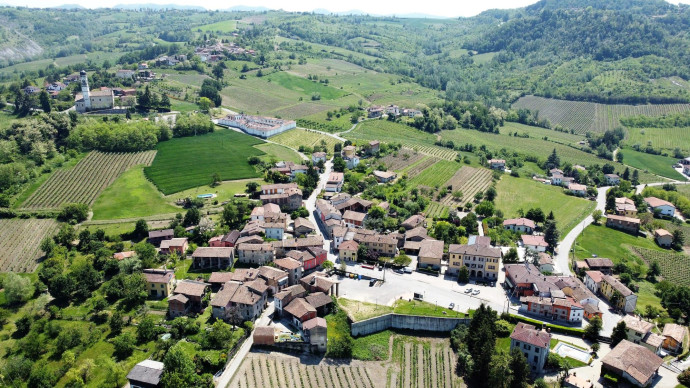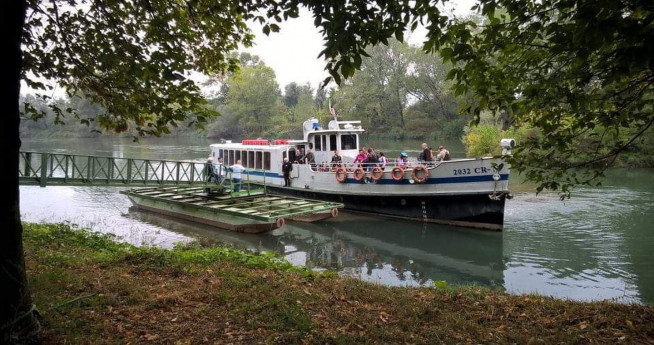- Active & Green
- Parks
- Unesco Sites
- Art & Culture
Nature in Lombardy: five landscapes to die for
Orchids and plants from faraway lands are well acclimatised to their new life between lakeshores and neoclassical facades. Purplish-silver limestone slabs engraved with history and the Stelvio Wilderness. The nature in Lombardy is gorgeous.
1. Pavia’s botanical garden
The orchid house plays host to lovingly-tended plants from the Americas and Asia. All shapes and shades are here. You can also see plants from the Apennines of Pavia, the area south of the river Po (“Oltrepò”) where grapes grow, and much more. A profusion of colours can also be admired in the Tomaselli tropical greenhouse built in 1974, and the flowerbeds containing native plants from the Lombard plains. The pivot point of the Pavia botanical garden (established at the end of the 18th century for study and research) is the large plane tree planted at the time of its foundation and the keeper of its history. Don't miss it.
2. Stelvio national park
Anyone who has walked or cycled the route will know about the series of hairpin bends on the Lombard side flanked by woods, alpine meadows and rocky outcrops that lead inexorably to the Stelvio pass, the highest pass in Italy (2.757 m). Trekkers and cyclists owe a debt to the engineer Carlo Donegani, who was charged in the early 19th century by Francis II of Habsburg-Lorraine with planning a road to connect Bormio to Val Venosta. At a little under 600 km2, the Lombard sector is the largest of the three National Park sectors established in 1935. It can be explored through guided tours, workshops and activities at the Valfurva visitors centre While you are there, don’t miss the timeless lands of the upper Braulio Valley and a horseback ride around the Cancano Lakes.
3. Gardens of Villa Melzi d’Eril
Do you know of anywhere else able to combine with such panache a chapel, a Moorish-style shrine, Egyptian statues, an Orangery that is now a museum of Napoleonic treasures, a 19th-century villa and an 800 metre parterre? Get ready for a surprise when you arrive at the neoclassical Villa Melzi d’Eril, in Bellagio, on Lake Como, built for Francesco Melzi d’Eril, Vice President of the Republic established in Italy by Napoleon. The gardens, designed by Luigi Canonica and Luigi Villoresi, literally hug the lakeshore. See if you can find the camphor tree among the many other exotic plants from the smell of their leaves. Opening: March-October.
4. Villa Reale of Monza
The villa's rose garden (commissioned by Maria Teresa of Austria in 1780) was designed by the architects Francesco Clerici and Vittorio Faglia in one of the formal gardens of the Archducal Residence of Monza. It houses a permanent collection and a temporary collection associated with the International Rose Competition. This has been held since 1965 and was patronised by Princess Grace of Monaco in 1970. The roses, some climbing and some trained on pergolas, inhabit an extraordinary park with maples, anemones and hawthorns. It is criss-crossed by avenues and paths where you can run and walk all year round. You can even hire bicycles for children.
5. Park of Rock Engravings
Art or nature? The Park of Rock Engravings of Nacquane, in Capo di Monte, Valle Camonica, somehow succeeds in being both natural and manmade. The 200,000 engravings, symbols and signs of Neolithic origin would not exist without the landscape of rocks and slabs that form canvases of purplish-grey sandstone. The 104 slabs are smoothed by the action of glaciers and engraved using sharp instruments. The area is protected as a park, the first in Italy to be recognised as a UNESCO Heritage site.
-
